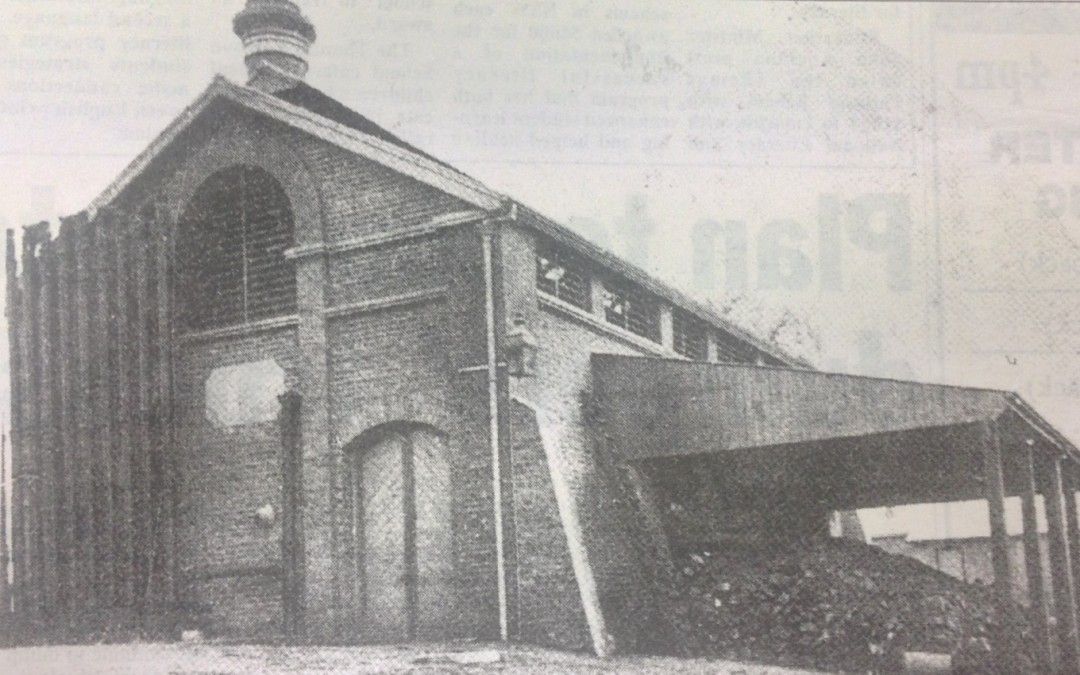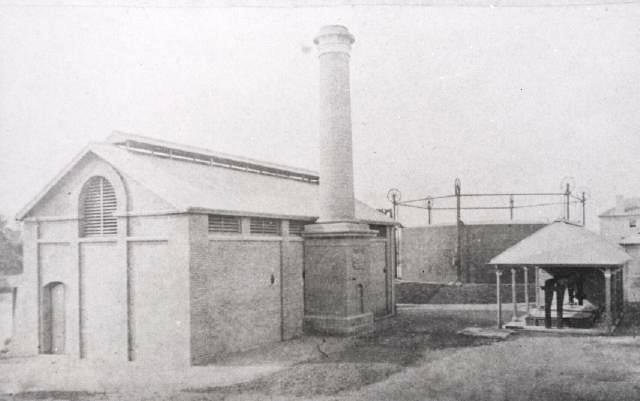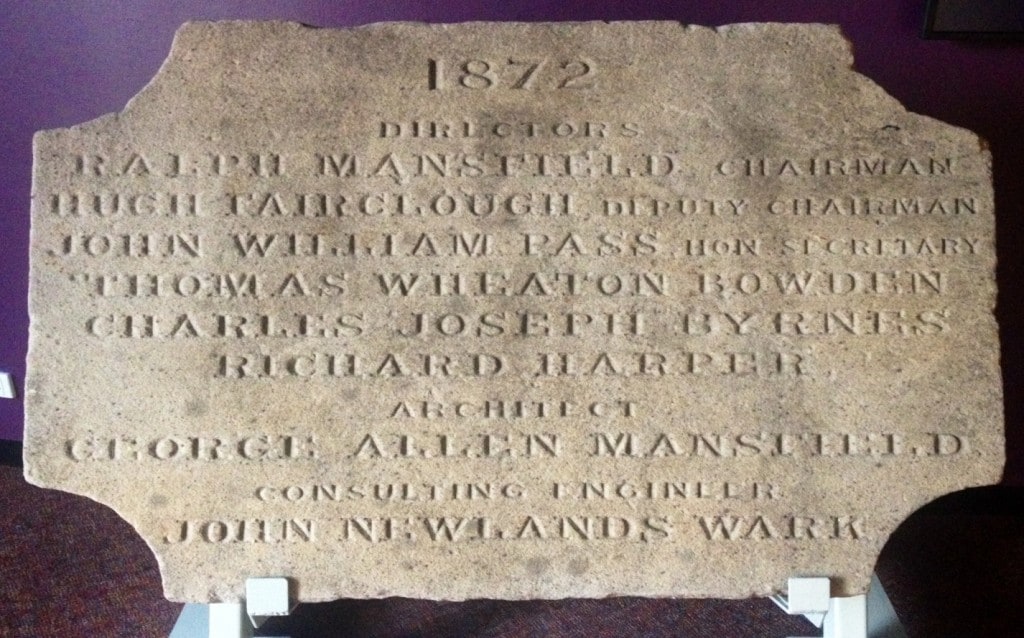
On May 30, 1871, The Sydney Morning Herald cheerfully reported the introduction of gas lighting to Parramatta:
At last we are likely to enjoy what we have long sighed for – gas lighted streets, shops, churches and public buildings… now that the suburbs of Sydney are each getting a supply of gas, it is more than ever felt that Parramatta should offer this important attraction to those whom she yet hopes to number amongst her population.
Just weeks later, a public meeting was held at the Parramatta School of Arts, where a resolution was passed that “a company with a capital of ₤9000 be formed to erect a gas supply works for the people of Parramatta.”
The new corporation was named the Parramatta Gas Company, which purchased land on George Street, Parramatta, at what is now the southern end of the Gasworks/Newland Bridge.
This particular piece of land was strategically chosen as the site of the Parramatta Gas Works Retort House and gas tank because the production of gas during this period required the burning of coal. Hence, the vast majority of suburban gas works were established beside the harbour, in order to allow barges and ferries to deliver coal directly. Construction on the gasworks site moved quickly, commencing in May 1872.
The builders included two commemorative sandstone panels in the retort house, one of which was built into the chimney stack, while the other was embedded near the main entrance. The first memorialises the official incorporation date of the Parramatta Gas Company on the 13 August 1872 by an Act of Colonial Legislature, while the second, seen below, acknowledges the public figures who played a significant role in establishing the company.
These included a number of significant Parramatta figures, including Methodist missionary and Newspaper Editor, Mr Ralph Mansfield, who Chaired the company, as well as the Deputy Chairman, Captain Hugh Fairclough, a local shipowner and merchant.
This installation of commemorative panels looks to have been a trademark of architect George Allen Mansfield, who installed similar panels in a gasworks retort house built for the Australian Gas Light Company in inner Sydney in 1870.
Once the retort house was completed, in March, 1873, gas was turned on in Parramatta for the first time. Parramatta Gas Company was in operation until 1889, when Australian Gas Light Company acquired the business. During this time, the original complex was outgrown and larger works were built on River Road West.
Modern day Queens Wharf Reserve, which now occupies the former gasworks site, contains a number of remnants from the factory. These include a sandstone retaining wall along the river’s edge, a number of wooden pier footings, service pits, as well as stormwater pipes running towards the river. The original sandstone commemorative blocks are now on public display at the Parramatta Heritage and Visitors Centre.
![]() Catherine Thompson, Research Assistant, Parramatta City Council Heritage Centre, 2015
Catherine Thompson, Research Assistant, Parramatta City Council Heritage Centre, 2015
References/ Links
Broomham, R. (1987). First Light: 150 Years of Gas, Sydney, Hale & Iremonger
The Sydney Morning Herald, Parramatta Gas Company, 3 August 1872, p. 9 <http://trove.nla.gov.au/ndp/del/printArticlePdf/13261530/6?print=n>
The Sydney Morning Herald Parramatta [From Our Correspondent], 30 May 1871, p. 6 http://trove.nla.gov.au/ndp/del/printArticlePdf/28415411/3?print=
The Sydney Mail, Australian Gas-Light Company’s New Works, 16 July 1870, p.3 https://news.google.com/newspapers?id=arVjAAAAIBAJ&sjid=Q5MDAAAAIBAJ&pg=1505%2C7549968
Parramatta Gas Company’s Incorporation, 1872. <http://www5.austlii.edu.au/au/legis/nsw/num_act/pgcia1872np511.pdf>
Vertical File, Local Studies and Family History Library, Parramatta Heritage and Visitor Information centre
Photos from Local Studies and Family History Library, Parramatta Heritage and Visitor Information centre.




